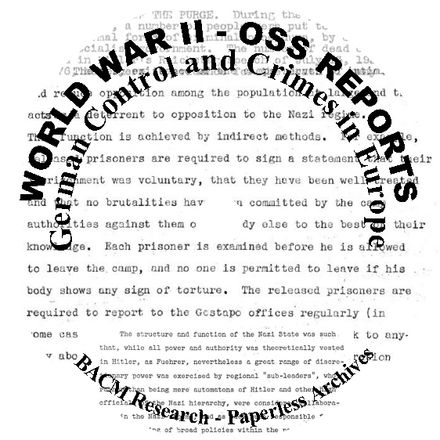$12.95
Vietnam War: Joint Chiefs of Staff Secret Official History 1940-1973
Vietnam War: Joint Chiefs of Staff Secret Official History 1940-1973
3,467 pages of the history of the Joint Chiefs of Staff and the War in Vietnam. Formerly top-secret Vietnam War history volumes created by the historical division of the Joint Secretariat. This material was prepared from 1955 to 1979.
The Joint Chiefs of Staff consist of the Chairman, the Vice Chairman, the Chief of Staff of the Army, the Chief of Naval Operations, the Chief of Staff of the Air Force, and the Commandant of the Marine Corps. Responsibilities as members of the Joint Chiefs of Staff take precedence over duties as the Chiefs of Military Services. The Chairman of the Joint Chiefs of Staff is the principal military adviser to the President, Secretary of Defense, and the National Security Council (NSC), however, all JCS members are by law military advisers, and they may respond to a request or voluntarily submit, through the Chairman, advice or opinions to the President, the Secretary of Defense, or NSC.
This series of volumes entitled, "The Joint Chiefs of Staff and the War in Vietnam," provides an account of the activities of the Joint Chiefs of Staff with regard to Vietnam and the Vietnam War from 1940 to the final withdrawal of US military forces in early 1973.
The first volume describes the beginning of the US involvement through the Geneva Conference in 1954. It chronicles the efforts of the Truman and Eisenhower Administrations to prevent the fall of Indochina to communist forces by supporting the French forces in the war against the Viet Minh, the collapse of the French Government's will to fight, and the formalization of that collapse in the Geneva Agreements of July 1954.
The second volume carries the story on through 1959.
The third volume, in three parts, traces the great expansion of the US commitment resulting in full-scale war in the years 1960-1968.
The fourth volume covers the period 1969-1970, the adoption of the policy of Vietnamization and the beginning of the withdrawal of US forces.
The fifth volume, in two parts, describes the continuing US withdrawal and the negotiation of a political settlement of the Vietnam War and concludes with the final withdrawal of all US forces in the period January through March 1973.
The documentary sources that provided the basis for this history of the Vietnam War were almost exclusively contemporary with the events described and were found primarily in the master files of the Organization of the Joint Chiefs of Staff. Other sources included records maintained in the Office of the Chairman, Joint Chiefs of Staff, and in the Plans and Policy Directorate (J-5), Joint Staff . Limited access was granted to the Joint Secretariat historians to the minutes of the Washington Special Actions Group (WSAG), the crisis management body of the National Security Council, for the period March through August 1972.
Among the many topics covered are: Tay Ninh incident, Diem coup, Strategic Hamlet Program, Taylor-Rostow Mission, Battle of Ap Bac, OPLAN 34A, psychological operations, Gulf of Tonkin, naval blockade of North Vietnam, use of napalm, ROLLING THUNDER, problem of domestic dissent, Tet Offensive, use of herbicides in Southeast Asia, the NSC Meeting of 28 March 1969, Nixon Administration taking over command, post-Tet enemy offensive, ARC LIGHT sortie reductions, effect of casualty rates on military policy, NSSM 36 planning, Cambodia's role in the war, invasion of Cambodia and its aftermath, MENU bombing, MARKET TIME operations, pacification efforts 1969-1970, peace negotiations, prisoner of war issue, Phoenix Program, LAMSON 719, COMUSMACV Plan 208, Operation POCKET MONEY, Operation LINEBACKER, and much more.








